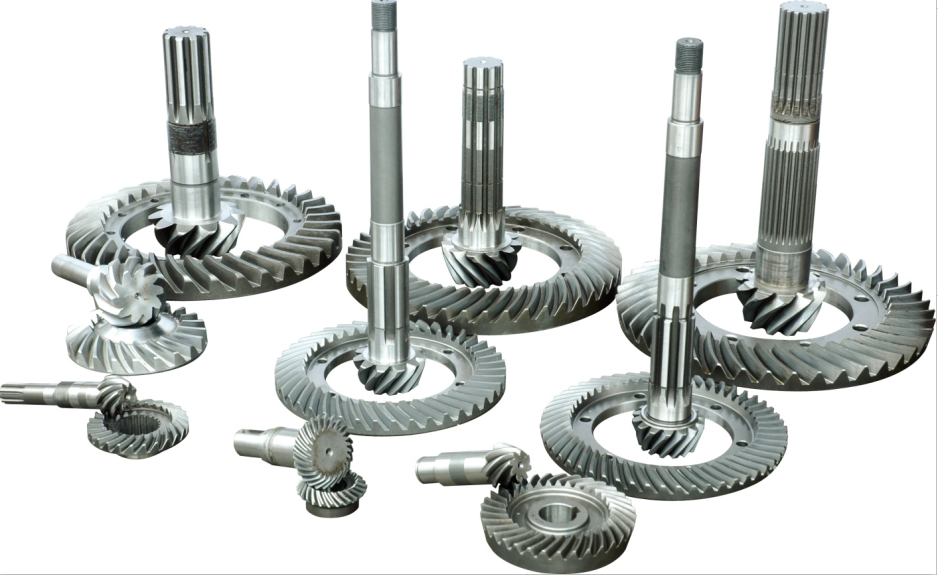Proper installation and regular maintenance are crucial for ensuring the optimal performance and longevity of worm gear systems. Here are some practical tips to follow:

1. Installation Tips:
- Ensure Proper Alignment: Proper alignment between the worm and worm gear is essential for smooth and efficient operation. Misalignment can result in increased friction, premature wear, and reduced efficiency. Use precision alignment tools and techniques during installation to achieve accurate alignment.
- Verify Lubrication: Before installation, ensure that the lubrication system is functioning correctly and that the correct type and amount of lubricant are used. Proper lubrication is vital for reducing friction, wear, and heat generation.
- Check Mounting and Fastening: Ensure that the mounting surfaces are clean and free from debris or irregularities. Use appropriate fasteners and torque them to the manufacturer’s specifications to ensure secure and stable mounting.
- Check Backlash: Verify the backlash between the worm and worm gear during installation. Follow the manufacturer’s guidelines for the recommended backlash range and adjust it if necessary to optimize gear performance.
2. Maintenance Tips:
- Regular Inspection: Perform routine visual inspections to check for any signs of wear, damage, or misalignment. Inspect the gear teeth, lubrication system, seals, and other components for abnormalities. Pay attention to unusual noise, vibration, or temperature changes during operation.
- Lubrication Maintenance: Monitor and maintain proper lubrication levels according to the manufacturer’s recommendations. Regularly inspect the lubricant for contamination, degradation, or insufficient viscosity. Replace the lubricant if necessary and ensure it is compatible with the gear materials.
- Contamination Control: Keep the gear system clean and free from contaminants. Prevent dirt, dust, and moisture from entering the gear housing by using proper seals and covers. Clean the external surfaces regularly and remove any debris that may accumulate.
- Address Wear and Damage: If any signs of wear or damage are observed, take prompt action to address them. Depending on the extent of the damage, it may involve replacing individual components, repairing tooth surfaces, or performing a complete gear overhaul. Consult with gear specialists or manufacturers for proper repair procedures.
- Regular Maintenance Schedule: Establish a regular maintenance schedule based on the manufacturer’s recommendations and the operating conditions of the gear system. This schedule may include lubricant changes, inspection intervals, and preventive maintenance tasks. Adhering to the schedule helps detect and address potential issues before they escalate.
- Training and Documentation: Ensure that maintenance personnel receive proper training on the maintenance procedures specific to the worm gear system. Maintain detailed documentation of maintenance activities, including inspection reports, lubricant changes, repairs, and any modifications made to the gear system.
By following these installation and maintenance tips, you can maximize the performance, reliability, and service life of worm gear systems. Regular inspections, proper lubrication, contamination control, and timely repairs or adjustments are key to ensuring optimal gear operation and minimizing the risk of unexpected failures. Consulting the manufacturer’s guidelines and seeking expert advice when needed will further enhance the maintenance practices for your specific worm gear system.
